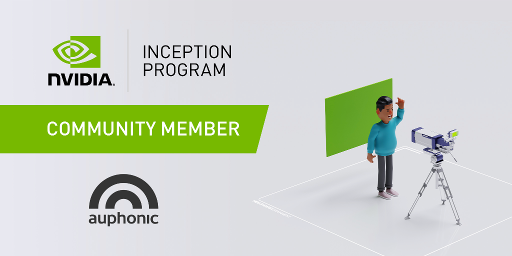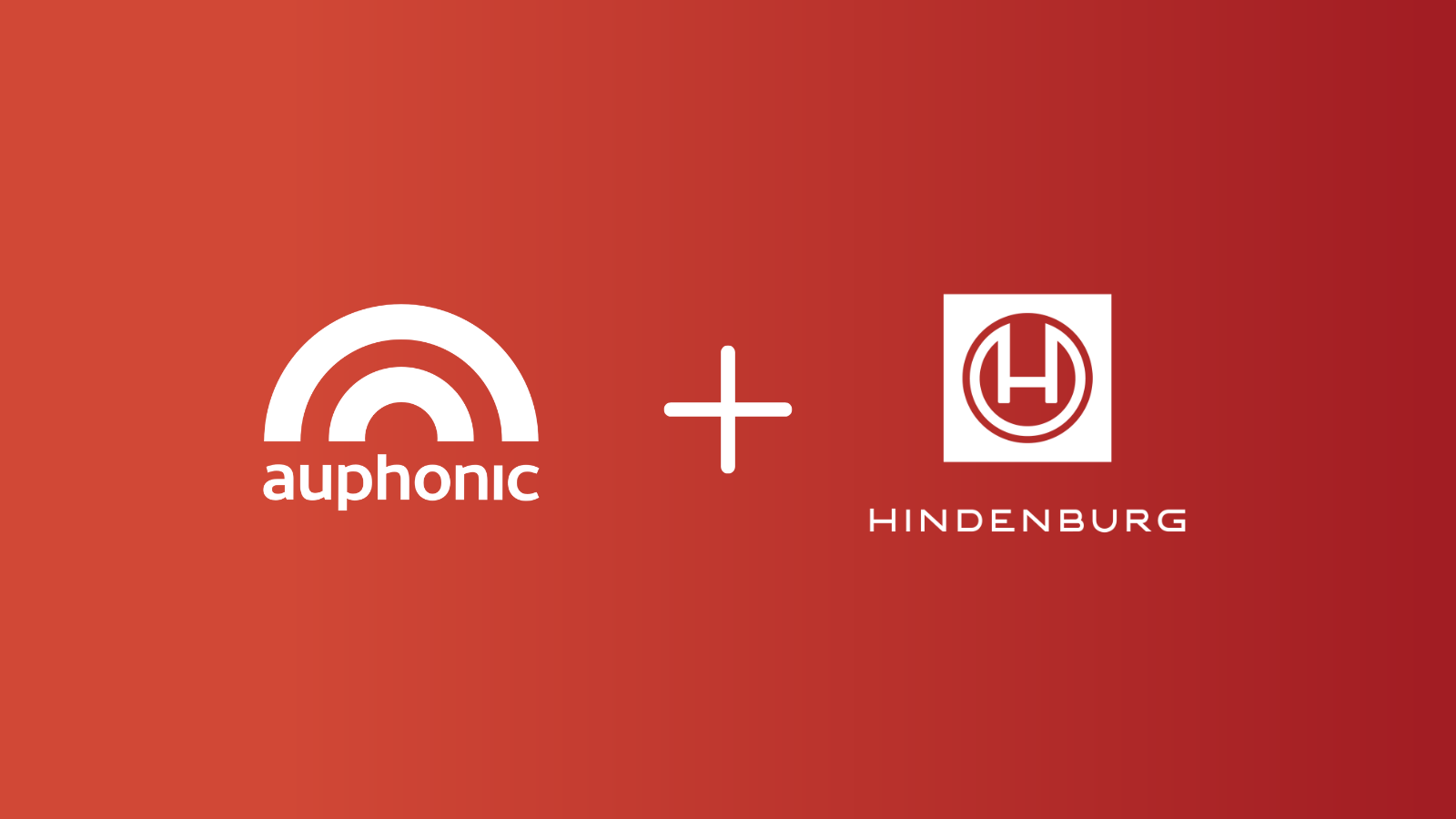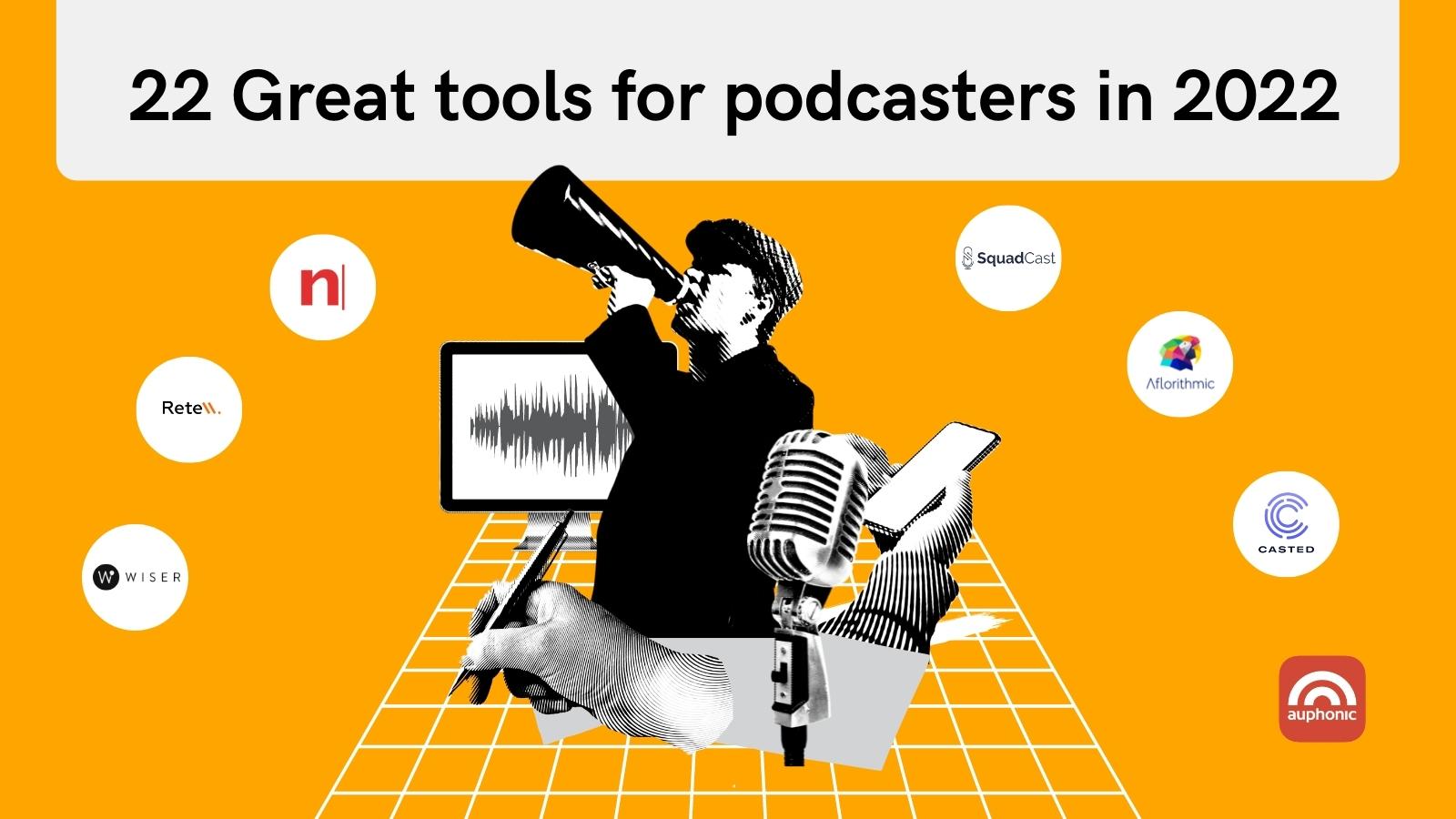Today we release our first self-hosted Auphonic Speech Recognition Engine
using the open-source Whisper model
by OpenAI!
With Whisper, you can now integrate automatic speech recognition in 99 languages into your
Auphonic audio post-production workflow,
without creating an external account
and without extra costs!

Whisper Speech Recognition in Auphonic
So far, Auphonic users had to choose one of our integrated external service providers (Wit.ai, Google Cloud Speech, Amazon Transcribe, Speechmatics) for speech recognition, so audio files were transferred to an external server, using external computing powers, that users had to pay for ...



 Photo by
Photo by
 Glitch While Streaming by
Glitch While Streaming by


